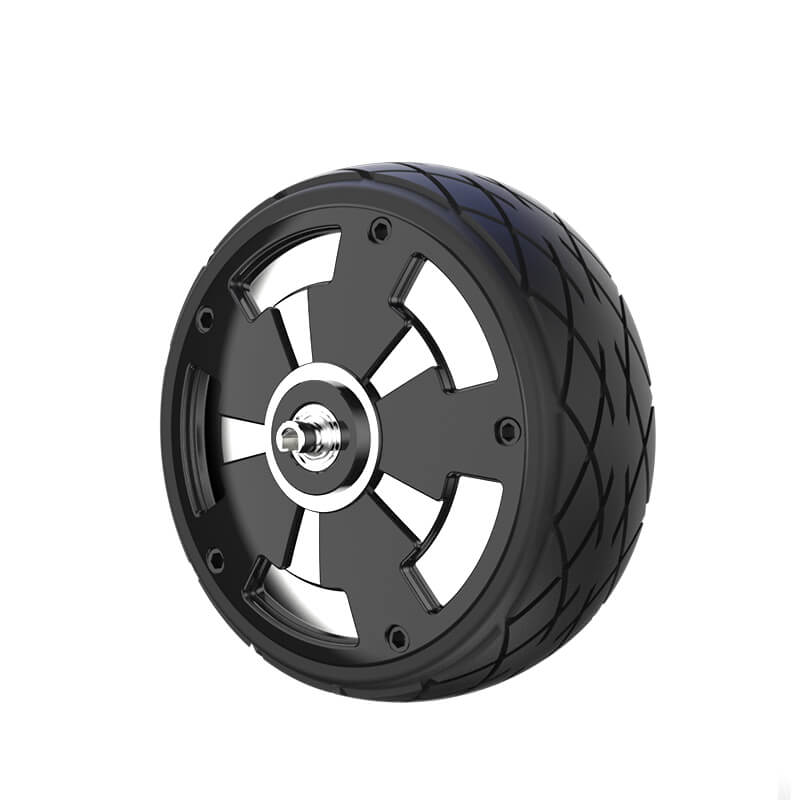Harnessing Precision: The Role of Servomotors in Modern Robotics
In the rapidly advancing world of robotics, precision and control are king. From the intricate movements of robotic arms in assembly lines to autonomous vehicles navigating unpredictable terrains, the backbone of these capabilities often lies in a small but mighty component: the servomotor. These specialized actuators have revolutionized how robots interpret commands and execute complex tasks with remarkable accuracy, efficiency, and speed.

But what exactly makes servomotors so vital in the realm of robotics? To understand their significance, one must delve into their fundamental design and operational principles. Unlike simple electric motors, servomotors are equipped with a sophisticated feedback mechanism—usually a potentiometer, encoder, or resolver—that continually monitors the rotor’s position, speed, and acceleration. This built-in feedback loop allows the motor to adjust its operation in real-time, ensuring movements are precise, positionally accurate, and repeatable.
The core components of a servomotor ecosystem typically include the motor itself, a control circuit, power supply, and feedback devices. This setup forms a closed-loop system: when the robotic system issues a command (say, to rotate a robotic arm to a specific angle), the controller sends current to the motor. The feedback device then measures the motor's actual position and transmits this data back to the controller. If there's any deviation from the target position, the control circuit adjusts the power supplied to the motor, correcting its course and locking into the precise position.
This ongoing dynamic process is why servomotors excel in applications demanding high accuracy. The entire operation is performed at lightning speed, making these motors suitable for tasks that require fine control and quick responsiveness.
Furthermore, servomotors come in various types, primarily distinguished by their design and intended use. The most common are brushed DC servomotors and brushless DC servomotors. Brushed versions are generally more affordable and simpler to control, making them suitable for less demanding applications. Conversely, brushless motors, which utilize electronic commutation, offer higher efficiency, lower maintenance, and better performance in high-speed or high-precision scenarios.
In robotics, the choice of a servomotor hinges on multiple factors such as torque requirements, speed, precision, size, and environmental conditions. For intricate tasks such as robotic surgery or high-precision manufacturing, ultra-precise brushless servos with sophisticated encoders are often preferred. Meanwhile, for heavier lifting or rougher environments, companies might opt for robust brushed models.
One of the revolutionary impacts of servomotors in industry has been the shift toward automation and intelligent systems. In assembly lines, robotic arms equipped with servomotors are capable of fast, highly accurate movements—placing components with micrometer precision, tightening screws to exact torque, or welding with consistent quality. This not only reduces waste but also boosts productivity and safety.
Beyond industrial automation, servomotors are also vital in mobile robotics and automation solutions that require dynamic motion control. Autonomous delivery robots, drones, and robotic exoskeletons rely on high-performance servo systems to adapt to their environment, maintain stability, and perform complex maneuvers.
Despite their numerous advantages, engaging with servomotors isn’t without challenges. Their complexity demands sophisticated control algorithms and high-quality feedback devices, which can increase costs and maintenance requirements. However, continuous innovations such as sensorless control techniques and integrated motor controllers are making servomotor systems more accessible, reliable, and cost-effective.
In essence, the humble servomotor exemplifies the blend of engineering finesse and technological innovation. Its ability to deliver precise, rapid, and reliable motion lies at the heart of modern robotics, empowering machines to meet the ever-growing demands of industries, research, and everyday life. As robotic applications become more intricate and ubiquitous, servomotors will undoubtedly continue to be the driving force behind their evolution.
Established in 2005, Kpower has been dedicated to a professional compact motion unit manufacturer, headquartered in Dongguan, Guangdong Province, China.




































